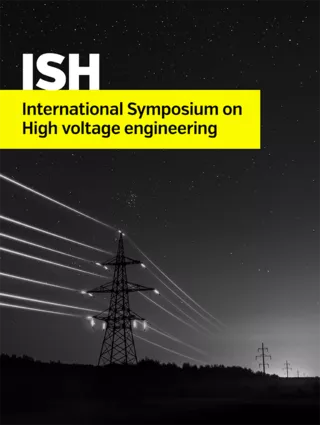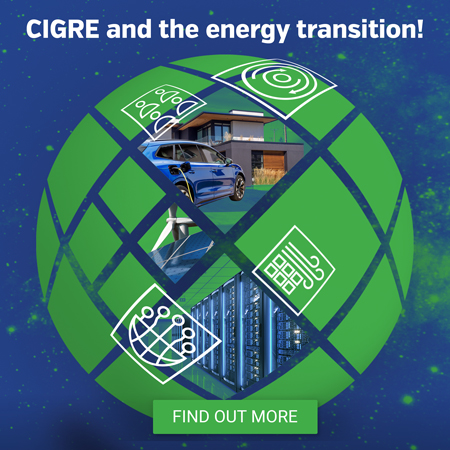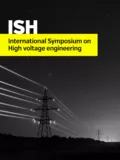Summary
The increasing usage of renewable energy sources lead to an increasing demand of transport capacity for electrical energy. Especially on offshore wind farms and in highly populated areas only DC operated gas-insulated systems satisfy the needs of a modern energy transmission system, like low loss transport and space saving installations. In contrast to the well-known AC gas-insulated systems, the field distribution in the case of an applied DC voltage differs significantly due to the highly temperature dependent conductivity of the insulation materials. Concurrently, additional charge carriers, originating from particle tips, bare metal electrodes or natural radiation can lead to a significant surface and space charge accumulation which influence the field distribution in the insulation system. The aim of this study is to evaluate the influence of charge carriers originating from bare metal electrodes and natural radiation on the capacitive-resistive transition of a gas-insulated DC system. Therefore long-term experiments in a model insulation system are carried out using bare and coated metal electrodes. The test specimen - a cylindrical epoxy resin insulator - is placed within a slightly inhomogeneous electrode arrangement. A heated ground electrode allows temperature dependent investigations. The differences in the dielectric behaviour of the two systems are validated by measuring the breakdown voltage after a long-term DC stress. In addition FEM calculations, including fast and slow polarisation processes, to validate the capacitive-resistive transition and its influence on the dielectric performance of the insulation system. The results show, that a coating leads to a higher dielectric strength of the insulation system. The time constant of the field transition does not change significantly. Nevertheless, it is proven that a coating forms a gas-solid interface where charge-carrier accumulation can take place. The prevented recombination in a completely coated insulation system can lead to a decreased electrical strength, hence a lower flashover voltage.
Additional informations
| Publication type | ISH Collection |
|---|---|
| Reference | ISH2017_274 |
| Publication year | |
| Publisher | ISH |
| File size | 231 KB |
| Pages number | 6 |
| Price for non member | Free |
| Price for member | Free |



